ABOUT THE AUTHOR
Jenny Chandler trained at Leiths School of Food and Wine before embarking upon a decade of cooking and travel, spending many years as a chef on a luxury yacht. During this time she lived in Spain, Italy and France and travelled extensively in the Mediterranean, Caribbean, Pacific and Indian Oceans, giving her the opportunity to gather recipes, techniques and experiences from all over the world. Jenny now lives in Bristol with her partner Peter and daughter Imogen, and spends most of her time writing and teaching at her own school, The Plum Cooking Company in Clifton. She teaches regularly in London and Bath and is also the author of The Food of Northern Spain and The Real Taste of Spain (both published by Pavilion).
Follow her blog on: http://jennychandlerblog.com/
REVIEWS OF PULSE:
The future is all about pulses. They are delicious, nutritious and frugal and they represent an important, healthy and sustainable approach to cookery and well-being. Jenny Chandler brings her customary level of research, flair and knowledge to bear on this important subject, to create a work that is comprehensive and compelling.
Silvana de Soissons, The Foodie Bugle
Truly beautiful, both visually and in its writing style, there is so much to learn from this treasure of a book, through simple instructions and marvellously clear pictures that make everything look so lovely and fresh. Quite simply, a must-have book.
Valentina Harris
NOTES
1 teaspoon = 5ml; 1 tablespoon = 15ml.
All spoon measurements are level.
Both metric and imperial measures are given for the recipes. Follow either set of measures, not a mixture of both, as they are not interchangeable.
Medium eggs should be used, except where otherwise specified. Note that some recipes contain raw or lightly cooked eggs. The young, elderly, pregnant women and anyone with an immune-deficiency disease should avoid these, because of the slight risk of salmonella.
To sterilize jars for pickles, sauces and jams, put the jars in a preheated oven at 150C/300F/ Gas mark 2 for 20 minutes.
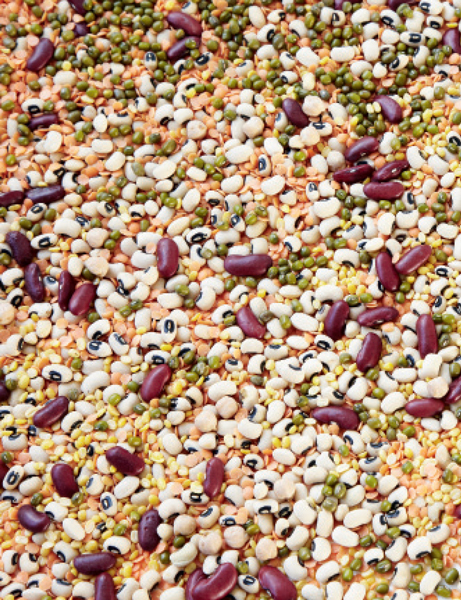
CONTENTS
INTRODUCTION
Pulses, or legumes, are some of my favourite things to eat, and thats after a year and a half of cooking and consuming them almost every day. Yes, you would hope that Id be passionate about my subject, but my family had no choice in the matter as they became my guinea pigs. So you just cant imagine how thrilled I was when, after months of legume exposure, my six-year-old daughter opted for the Syrian lentils on a restaurant menu. The exciting thing is that beans, chickpeas and lentils offer such incredible scope, from the comforting creaminess of Italian chickpea soup to the zippy freshness of edamame, crab and noodle salad. You need never tire of them. Legumes are some of the most versatile, delicious and rewarding ingredients in the kitchen. I want to eat pulses firstly because they taste fabulous; all the other plus points, and there are so many of them, come as a bonus.
I discovered legumes in Spain as a teenager. My only previous experiences were tinned baked beans and the ubiquitous 1970s kidney bean, green pepper and sweetcorn salad. Spanish dishes such as nutty brown lentils stewed with smoked chorizo and melt-in-the-mouth haricot beans with Catalan butifarra sausage were a revelation, a million miles away from the hemp-shirted hippy image that pulses still suffered back home. Where the British saw legumes as a vegetarian domain, the Europeans bathed them in pig or duck fat in celebrated meat fests such as Spains fabada and Frances cassoulet.
Today the pulse is emerging from its tie-dye teepee. Beans, chickpeas and lentils are still the mainstay of many vegan and vegetarian diets, but attitudes and styles have changed. Legumes can be stars in their own right and not just a meat substitute. Why stuff beans in a moussaka when you could be eating a classic Greek vegetarian dish, gigantes plaki? Vegetarian food has become so varied and exciting with all the Mediterranean, Middle Eastern and Asian influences we enjoy today, its worlds apart from the bean flan of old, encased in hefty wholemeal pastry.
Nowadays many great restaurants, such as Londons Ottolenghi, Moro, Petersham Nurseries, Polpo, St John and Leon, serve up wonderful legumes. Who would have believed that the humble lentil could become trendy? But then camping has dumped its nylon-cagoule image and reinvented itself as glamping, and even that swirly kaftan of your mothers has become boho-chic. I believe our passion for pulses is much more than a fashion. The pulse is real food, its here to stay, and heres why.
Most of us are reassessing what we eat for a number of reasons, the first being money. Reducing what you spend on food neednt mean buying cheap junk food, it just requires some planning and good recipes that you actually use. Pulses are remarkably cheap, especially if you buy them dried but if youre short of time, even canned pulses are very economical. Gingery dal with a spiced tarka tipped over the top, served with some rice or flatbread, is one of my favourite suppers ever and it costs a matter of pence.
Im not vegetarian but, like so many people I know, I am eating less meat. I did not make a conscious decision to cut down, its just that, among other things, I am more cautious nowadays about where my meat comes from. Instead of having cheap meat every day, Id much rather eat more expensive but better-tasting meat once a week, or in smaller quantities alongside my pulses, knowing that the animal it came from was healthy and well-treated, and the meat well-hung and butchered with care. Fish is a treat, but there are sustainability issues and it can be very pricey. However, you can savour a small but exquisite, carefully sourced bit of seafood with some filling legumes and feel perfectly satisfied. By cutting down on the meat and fish you eat, you are doing your bit for the planet too.
Pulses are, without a doubt, wonderfully good for you and, with cases of obesity reaching record levels, we really do need to rethink what were consuming. I love food and I love cooking, so I quite naturally gravitate towards simple unadulterated ingredients. Legumes, whether dried, canned or frozen, are just that; you know what you are getting. Its up to you whether you prepare them as an indulgent feast or as a healthy salad.
Millions of legume dishes are cooked every day. Pulses are a staple in much of the developing world and they have played a vital role in the Western diet for centuries too, so every continent, country and region has its own classic ways. This book is not a collection of the most traditional or even the most famous recipes (I know that I will have offended many a bean enthusiast by omitting their local dish), but an eclectic mix of dishes using accessible ingredients that I love to cook, share and eat.

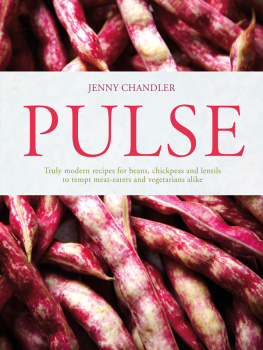
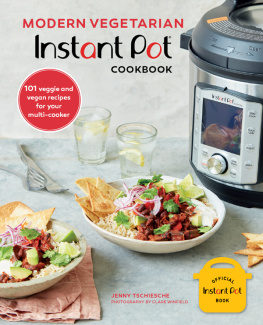


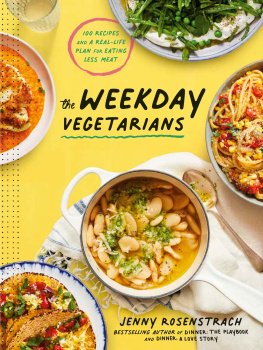
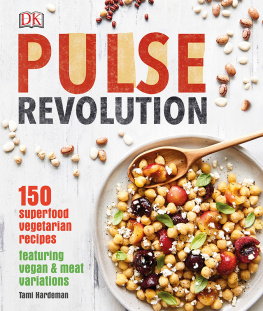
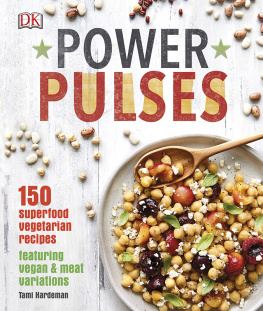
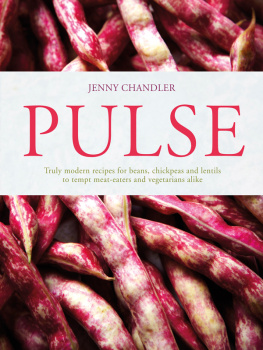

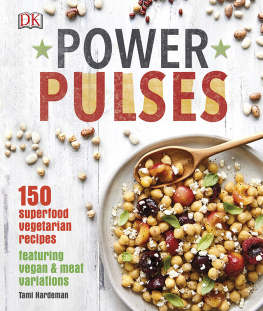
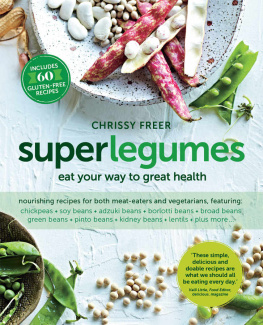
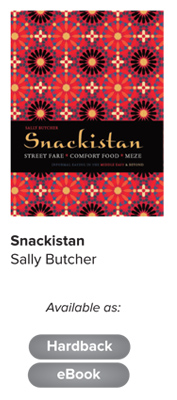

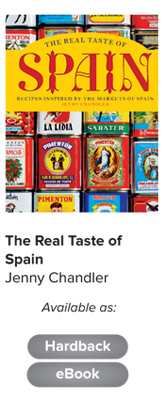
 www.anovabooks.com
www.anovabooks.com
